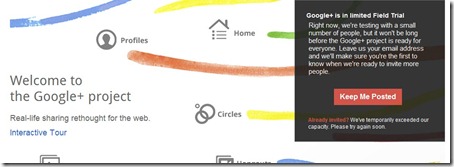Given that we’re currently showing our house, it’s probably not the best time to write about our Home Owners Association. However the issues I experience with my HOA are simply an example of the problem with the institution of HOA’s as a whole.
As you know, we’re selling our house, and like most sellers we put up a sign in the grass next to the sidewalk and our front steps on Friday. Apparently it took all of three days before we got a letter in the mail from the HOA management, informing us that our “For Sale” sign is three feet out too far and cannot be in the grass. For the grave offense I may be fined for causing all of this trouble, unless I go through the pain-staking process of moving this sign the three feet it will take to restore balance in the universe.
Yes, I guess we technically broke the rules, but the worst part about this is that rather than our neighbor actually being neighborly and saying something to us, they go to the trouble of tattling to the HOA management company that has to get someone to draft the letter, buy a stamp and mail the letter us. This typical “hall monitor” stuff is gutless.
While this is the first time we’ve been held in contempt, this is not the first time I’ve been infuriated by the actions of our dear leaders in the HOA board. We have a swimming pool in our neighborhood, and last summer the dear board decided to cut the funding for having a lifeguard, and instead divert that money to getting a card-access security system for the gates. The problem there: the system didn’t work for most of the summer, and the times you were there, people just left the gate open anyway. So much for security. When it became apparent these state-of-the-art measures weren’t working, the HOA board decided to then increase the height of the gates – but guess what – we’ll put some cool looking sculptures at the top of these fence posts.
The problem is that these examples aren’t isolated to our own HOA, and I’m sure many of you have dealt with some form of absurdity. Virtually every HOA has asinine rules and ridiculous decisions. Unfortunately there is only one person to blame for the irrelevance of the HOA: me.
My problem: I don’t care. I don’t go to any of the meetings, I proxy my vote on issues. My apathy stems from my schedule and priorities – I simply have too much going on to help decide what kind of shrubbery people should put in their yard. I think My apathy has given way for two kinds of people – people who have a specific agenda (or special interests), or people who simply have too much time on their hands and want to feel important – rise to leadership positions. Since the majority of people can’t be bothered to attend the meetings, these crazy policies get passed with little opposition.
In thinking about HOA struggles, it helps me explain why we end up scratching our heads about governing bodies like Congress. The collective masses are too apathetic to be involved in monitoring the day-to-day operations, and it takes something as crazy as SOPA & PIPA to wake the sleeping giant. Given the amount of expense and grief we give candidates, no reasonably-minded person wants to go through that experience, once again giving way to special interests and people with a sense of self-importance.
The moral of the story: as mundane as it may be, we need more people with common sense to step up and play a role in decisions that impact everyone – otherwise you may find yourself 3 feet inside “crazy”.








